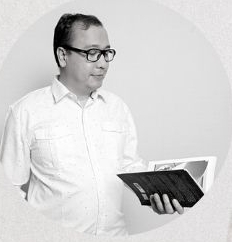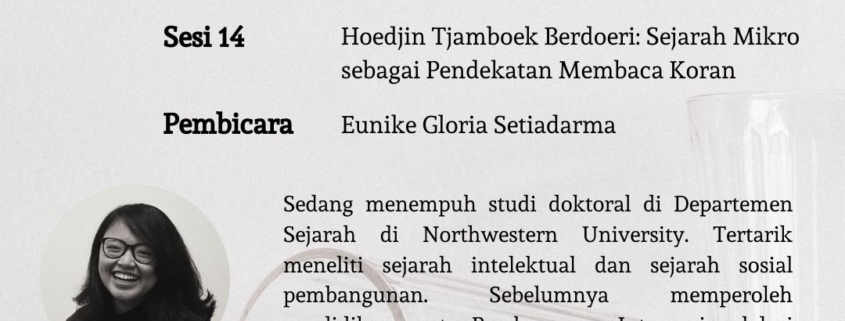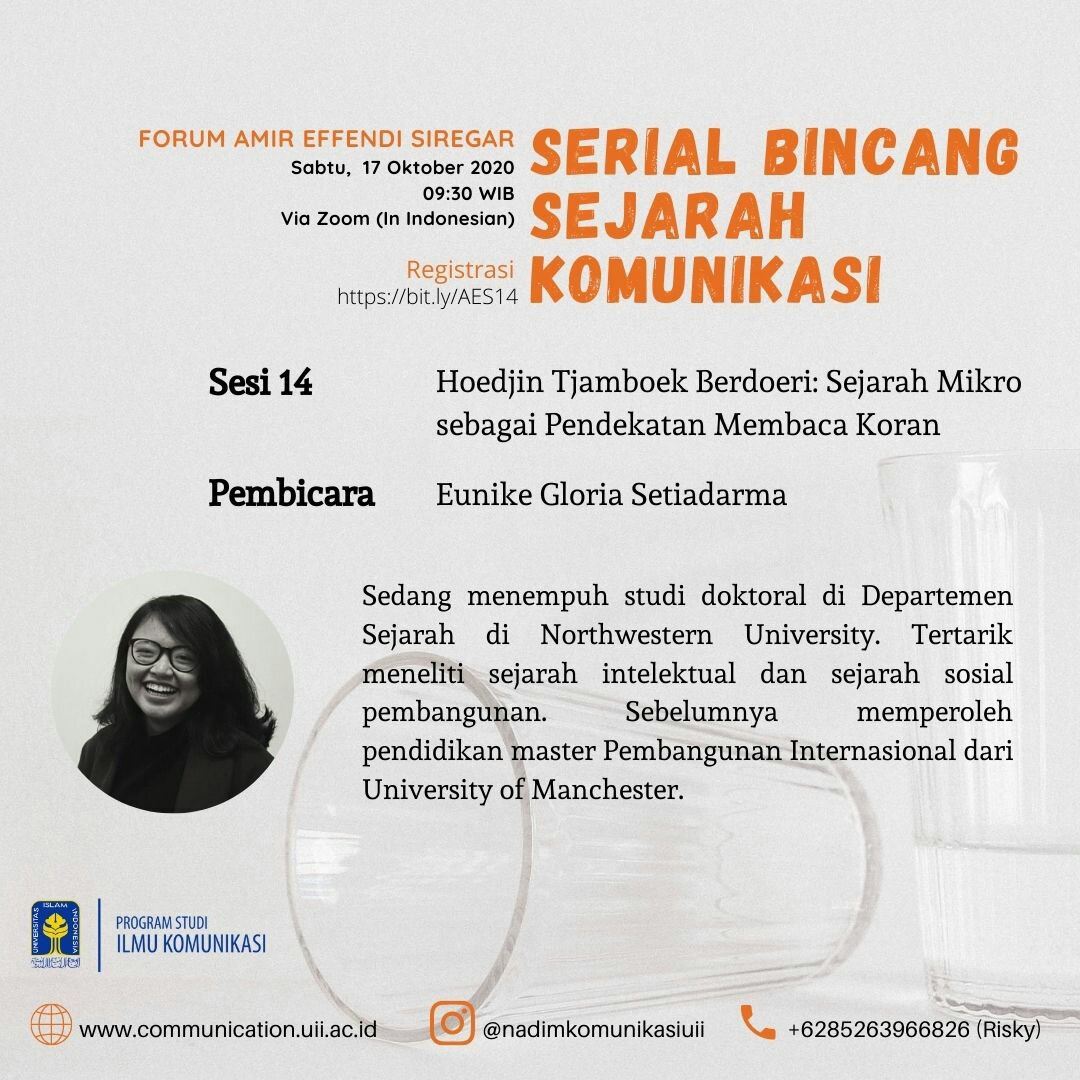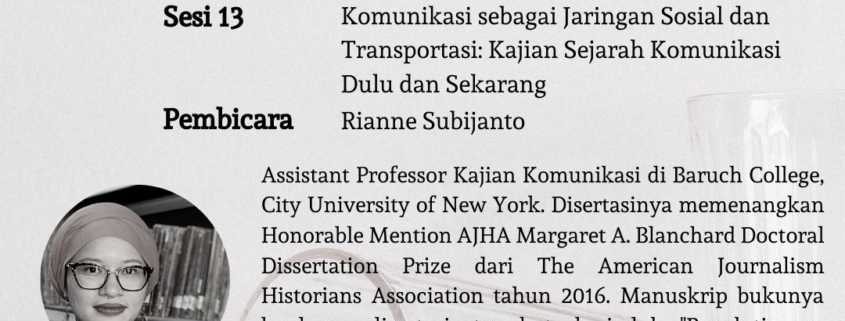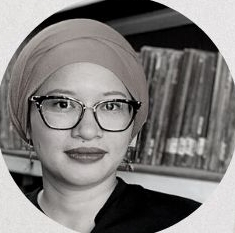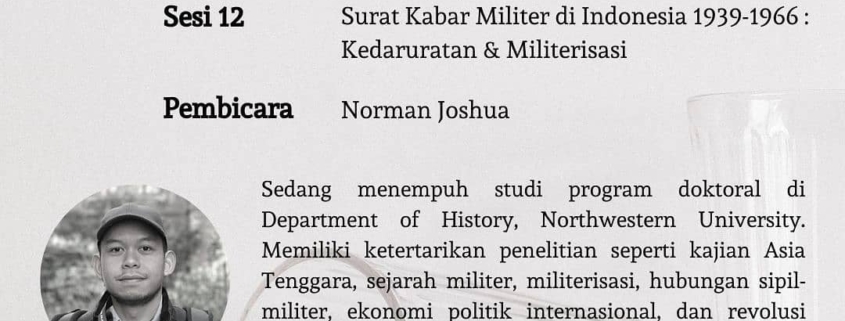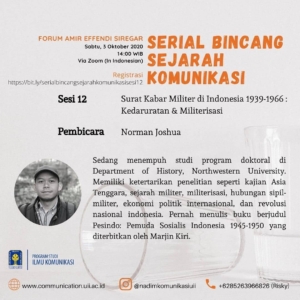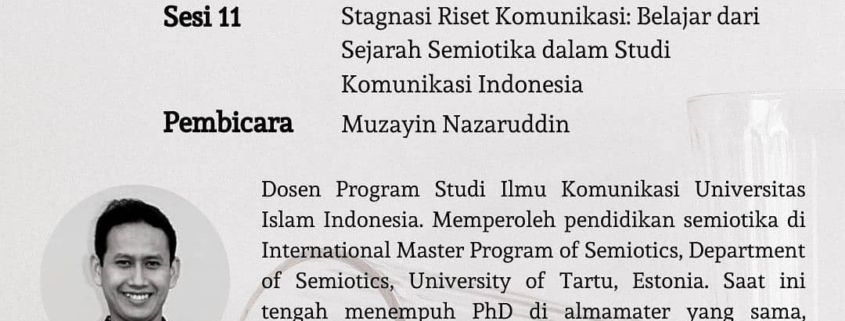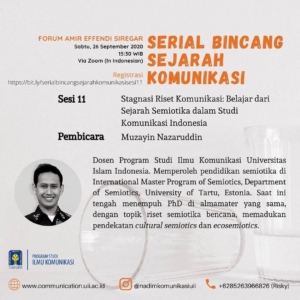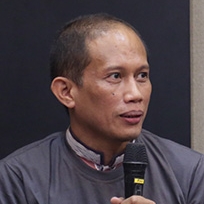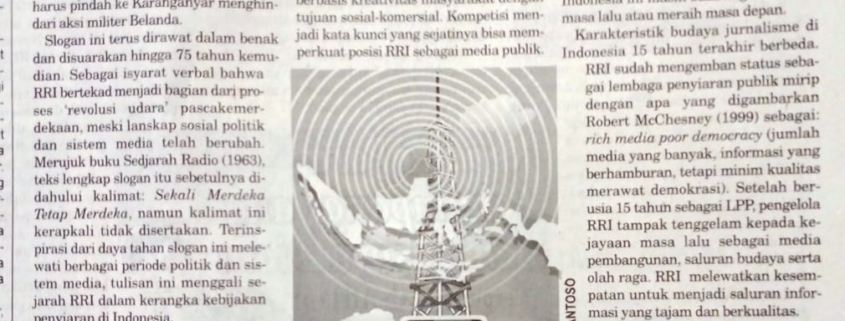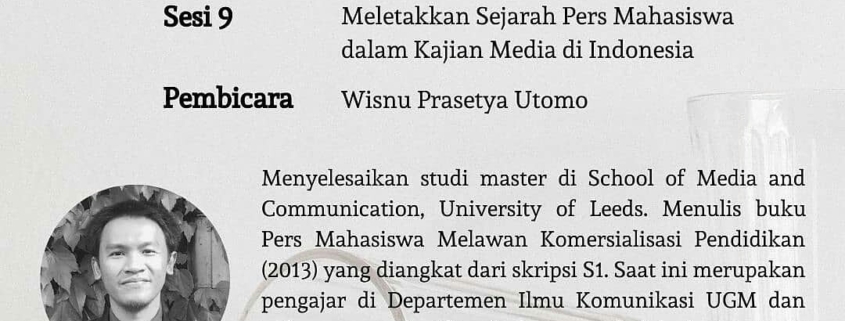A slogan full of the spirit of heroism: Sekali di Udara, Tetap di Udara (Once in the Air Stay in the Air), echoing on social media and terrestrial channels this month, ahead of the three-quarter century anniversary of the birth of RRI (radio republic of Indonesia), the oldest national radio. This slogan was born during the independence revolution in 1948, when RRI Solo studio under the leadership of R. Maladi, had to move to Karanganyar to avoid Dutch military action.
This slogan was kept in mind and voiced up to 75 years later, as a verbal signal that RRI was determined to be part of the post-independence ‘air revolution’ process. Although the socio-political landscape and media system have changed. Referring to the book Sedjarah Radio (1963), the full text of the slogan is actually preceded by the sentence: Once Free, Stay Free, but this sentence is often not included. Inspired by the persistence of this slogan through various periods of politics and media systems, this short article explores the history of RRI within the framework of broadcasting policy in Indonesia.
Two Critical Periods
Entering the age of 75 for RRI means entering the third period of Indonesia’s broadcasting policy. The first policy was in effect since radio was born in 1945 to 1970. The basic pattern is monopolistic, in which the Indonesian political authority only has one type of media, namely state radio, broadcast radio outside the government is considered illegal. This monopolistic model is common in other countries, including Britain, where since its founding in 1927 to the 1970s, the BBC has been the sole player. The difference is that the BBC has been a public media based on public culture from the start, while RRI was born with the spirit to become a political radio, supporting the post-independence government, not culture.
This political orientation of broadcasting was corrected in the period between 1970-1995s. The issuance of PP No. 55/1970 which acknowledged that private radio ended the era of RRI’s single domination. This regulation promotes radio as a cultural institution, based on community creativity with socio-commercial objectives. Competition is a keyword that can actually strengthen RRI’s position as a public media. Unfortunately, the government’s desire to co-opt RRI is still strong so that the period 1970-1985 can be considered as the worst history for RRI as a radio institution that should serve citizens.
Past or Future?
The third period (1995-2020) was the most dynamic period for the Indonesian broadcasting system, including RRI. Broadcasting Law No. 32/2002 corrects the policy of dualism: state radio and private radio to a limited pluralistic policy. Marked by the emergence of public radio and community radio as a new player. RRI’s choice in 2000 to become a public radio station was correct, in line with the spirit of media democratization. However, on the way up to 2020, there seems to be a troubled attitude and enthusiasm to maintain an intimate alliance with political authorities, not alliance with the public. The people on the biggest radio in Indonesia are still uncertain: caring for the past or reaching for the future.
The characteristics of journalism culture in Indonesia in the last 15 years, when RRI has assumed its status as a public broadcasting institution is similar to what Robert McChesney (1999) described as: rich media, poor democracy (large amount of media, scattered information, but minimal quality of care. democracy). After turning 15 as an LPP, the RRI manager seems to be immersed in its past glory as a medium for development and a channel for culture and sports, and has missed the opportunity to become a channel for sharp and quality information. The slogan “once in the air, remains in the air” increasingly stagnates the meaning and spirit of change. So, if you want to achieve a bright future towards a century (the next 25 years), RRI must immediately clean up to meet the aspirations of the public, because only the public has genuine loyalty.
Author: Masduki, Dr.rer.soc.
Lecturer of the UII Communication Science Departmen of Universitas Islam Indonesia
—–
This article was previously published in the Kedaulatan Rakyat Daily in Yogyakarta on the 11 September 2020 edition page 11. We republish the ideas in this paper on this page to enliven the Month of Public Broadcasting. We believe the spirit of renewing the Public Broadcasting Institution, which is implied in the writings of our Communication Science Lecturer, deserves to be echoed and republished on communication study pages as part of the Knowledge Management process. The author is a doctorate specializing in Public Broadcasting, Public Service Media in the Communication Policy and Regulation research cluster. This paper is also part of our commitment to a series of discussions on the history of communication in the study of the Amir Effendi Siregar Forum.





